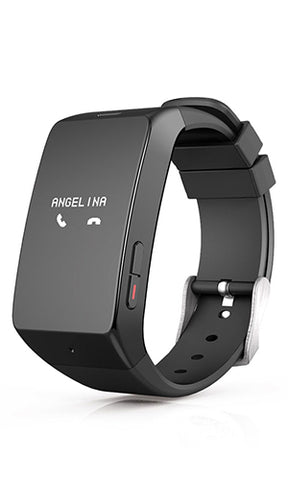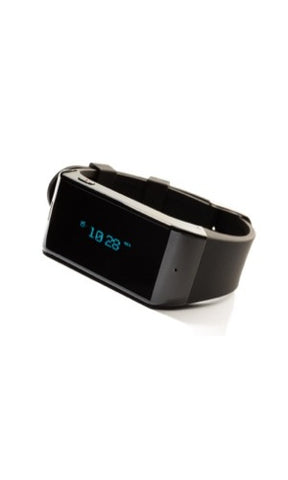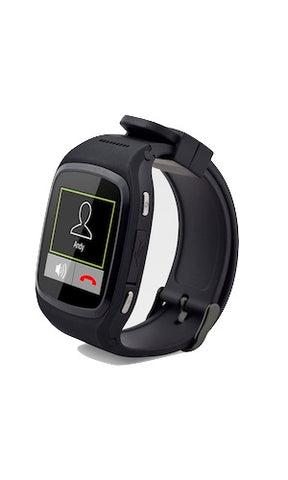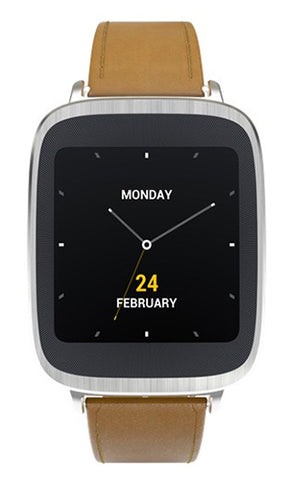5 futuristic baby monitors, from wearable onesies to connected booties
Written By
Wearables.com
Editor’s Note: In the month of June, we’re focusing on how wearable technology is being used in child-rearing and parenting. Baby monitors, GPS locators, and specialty activity trackers (like UV-ray detectors) are all making their way into the wearable tech space — and each to a different degree of acceptance. We’ll explore what’s useful, what’s to come, and what people think.
We have seen wearable technology permeate every industry over the past few years, so it comes as no surprise that a plethora of baby-monitoring devices have found their way into the consumer market. Although wearables’ usefulness as advanced baby monitors is undeniable, the danger of substituting technology for actual parenting is one that comes with the territory.
Targeted mostly towards millennials, the following infant wearables could be the future of baby safety for new parents — just as long as they are seen more as peace-of-mind offerings rather than entrusted, catchall devices designed to protect your baby from all danger.
Mimo: A wearable onesie
One Boston-based startup is seeking to provide new parents with fewer sleepless nights with Mimo, a wearable onesie that tracks your babies’ vitals and relays that information in real-time to your smartphone. The organic cotton “kimono” features two green stripes that behave as respiratory sensors, as well as a detachable turtle clip that monitors skin temperature, breathing pattern, and body position.
Mimo offers a level of customization by building individual kits based on age: “We know that every baby is different, and every parent is unique. So why should your baby monitor be built just like everyone else’s?” asks the company. Parents have the option of setting alerts for their babies’ activity, from rolling over to waking up to a change in breathing pattern. The companion app shows the last 10 days of data, allowing parents to discern optimal feeding and bedtimes for the most efficient night of rest.
But considering that Mimo is not that different from current baby monitors on the market, who is actually using this product? “Anecdotally, we’ve found that millennial parents like Mimo,” said co-founder Dulcie Madden. “This could be because millennial consumers are more data-driven. Mimo gives them specific data insights about their child’s sleeping behavior.” The Mimo kit currently retails for $199.
Owlet: A smart baby bootie
Similarly, the Owlet baby sock uses pulse oximetry to non-invasively measure heart rate, oxygen levels, and track skin temp. The hypoallergenic sock also connects to your smartphone via Bluetooth, allowing you to check on your baby constantly and remotely.
Owlet markets itself with messaging like, “There is no more stressful tip toeing into baby’s room like a ninja to verify that your baby is ok.” Even so, Owlet also stresses that alerts are only sent only when absolutely necessary, saying, “You are a parent, not a fireman.” The Owlet socks are currently going for $249 and include three sock sizes for your growing tot.
Sproutling: An emotion-detecting band
Taking it one step further, the $299 Sproutling baby band not only monitors vitals, but also predicts sleep habits and heart rate based on past data. Its smart charger furthermore behaves as an environmental sensor, allowing parents to adjust room temp, sound, and light levels for optimal sleeping conditions. The companion app sends alerts in real-time for 16 measurements — what the company calls “insights, not data.” Perhaps most interesting of all, the app predicts baby’s mood “before you walk into a room,” although the need for a smartphone to discern whether a child is “calm, fussy, or angry” might seem like a fairly counter-intuitive way of learning what your baby inherently needs.
We again see how these devices are targeted at millennials. Co-founder Mathew Spolin says, “that’s a group that has internet-connected smartphones in their pocket and their technology demands are much higher than previous generations.”
TempTraq: A sticky thermometer
A far more simple wearable comes in the form of a $25 stick-on patch aptly named TempTraq, whose only function is to measure your baby’s — you guessed it — temperature. The single use 24-hour “hands-free” thermometer is handy in that it allows you to monitor temperature without having to constantly wake your baby and sends notifications to your smartphone if an “alert temperature” has been reached.
While many Amazon reviews praise the product, one comment from “a medical professional who deals with kids stands out- “There’s an axiom in pediatrics: Treat the kid and not the fever,” he says.
Smart diapers: Collecting data dumps
New York based company Pixie Scientific has taken the age old baby wearable known as the diaper and turned it “smart.” This sartorial intelligence is manifested through a panel on the front of each Smart Diaper that comes equipped with a smartphone-scannable QR code which analyzes waste makeup and tracks health information such as hydration levels, infections, and vitamin deficiencies.
The non-toxic test strips inside the panel may provide an effective way of allowing parents to catch health issues — like kidney infections, diabetes, and dehydration — at their very nascent stages, prompting them to take their children to the pediatrician before more serious illnesses have an opportunity to form. The diapers are now in clinical trials pending clearance from the FDA.
But one more thing: Don’t forget to be a human
Writer Jessica Grose once cautioned that relying too much on smartphone data may blind parents from the interaction and physical cues that are inherent data enough; parents will “likely miss [their] baby’s own language — the way she motions with her hands when she’s ready to eat or fusses in a particular way when it’s time for sleep.” The question of what this means for parent-child communication in general is an interesting one.
Every device on the list prioritizes baby safety and their individual impacts could be absolutely life changing for new parents, just as long as they aren’t depended upon too severely. (Take into consideration that the American Academy of Pediatrics specifically tells us not to use home cardiorespiratory monitors to prevent every parents’ worst nightmare: SIDS.) In the words of Dr. Kimberly Kopko, co-director of the Parenting in Context Initiative at Cornell University, “I really don’t think there’s any substitution for good old-fashioned monitoring, particularly of an infant.”
The post 5 futuristic baby monitors, from wearable onesies to connected booties appeared first on Wearables.com.
Tags: baby monitor, Featured Items, GPS Tracker for Kids, Health Wearables, HomePage Featured, Kids Wearables, Medical, mimo, owlet, Smart Clothing, sproutling, temptraq








